Stay up to date with the latest desktop PC hardware—CPUs, RAM, storage solutions, and GPUs—all broken down in one comprehensive resource.


Stay up to date with the latest desktop PC hardware—CPUs, RAM, storage solutions, and GPUs—all broken down in one comprehensive resource.

NVIDIA’s GeForce RTX 5090 is the most powerful consumer GPU in the world. How does it perform in content creation applications?
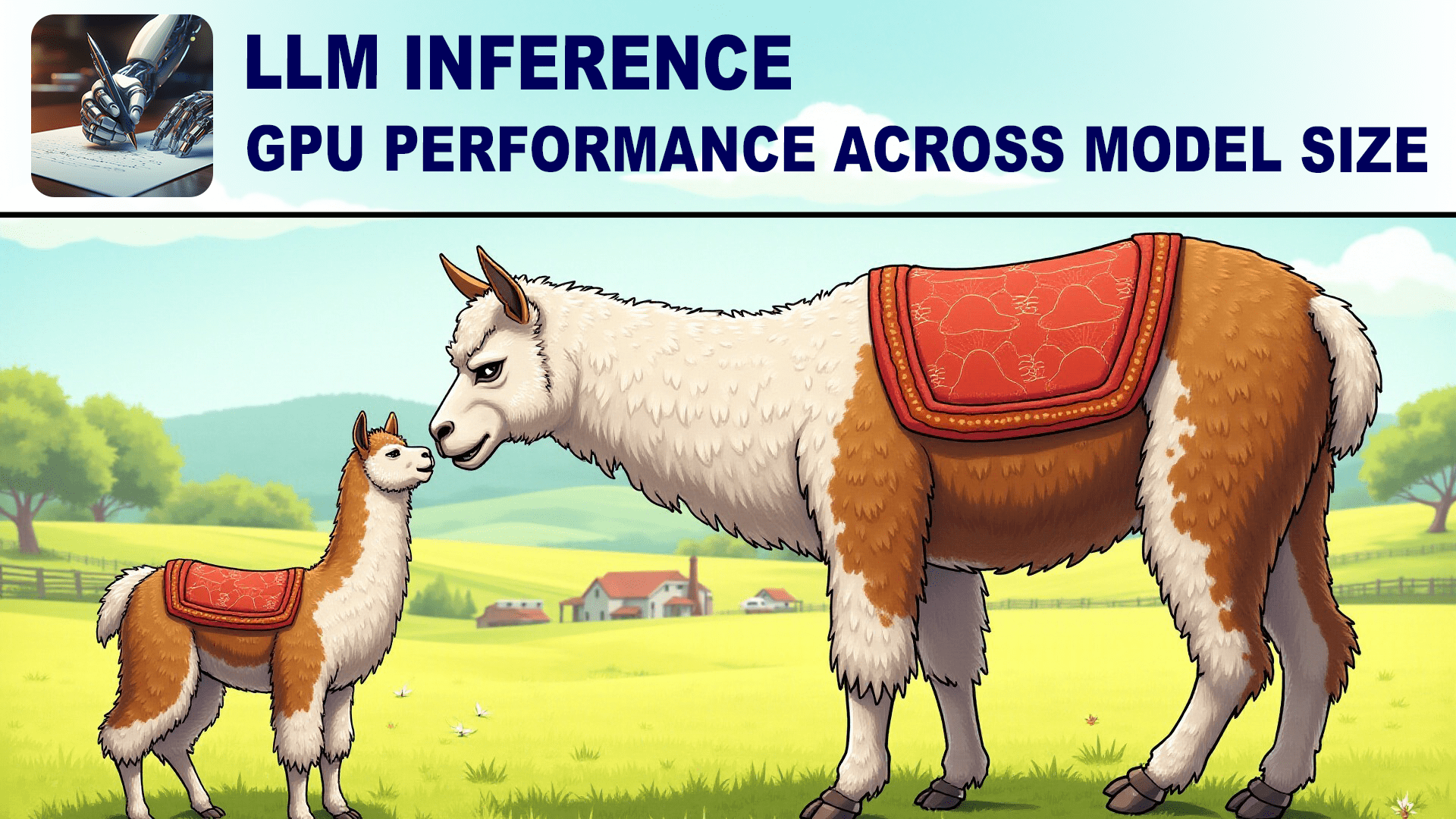
Does the size of a Large Language Model affect relative performance when testing a variety of GPUs?

With the recent overhaul of our After Effects benchmark, we thought it was a good time to do an in-depth analysis of the current CPUs on the market to see how they compare.
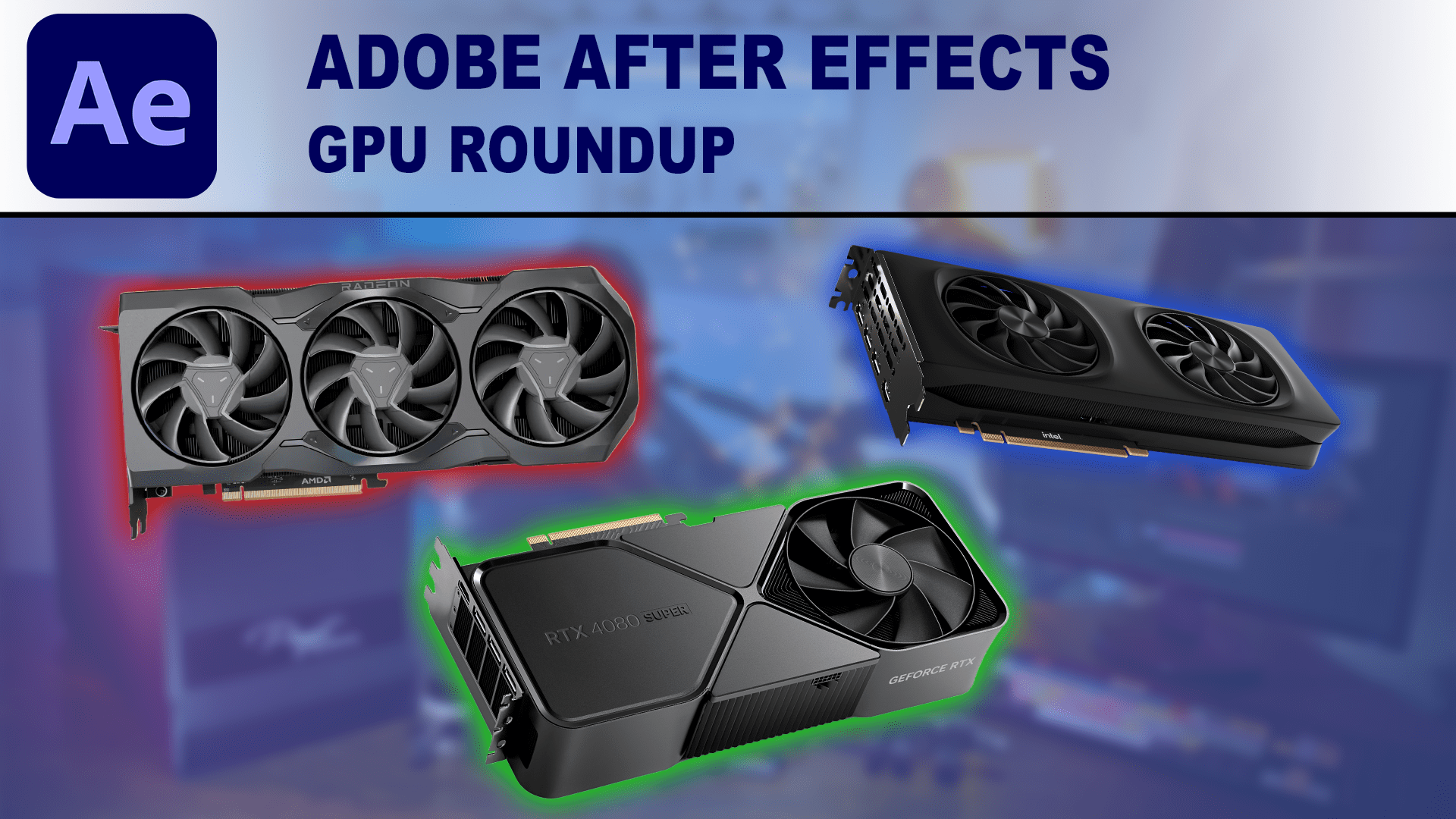
Our new After Effects benchmark includes a number of 3D-based tests which make heavy use of the GPU. Because of the change compared to previous benchmark versions, we thought it was a good time to do an in-depth analysis of the current GPUs on the market to see how they compare.
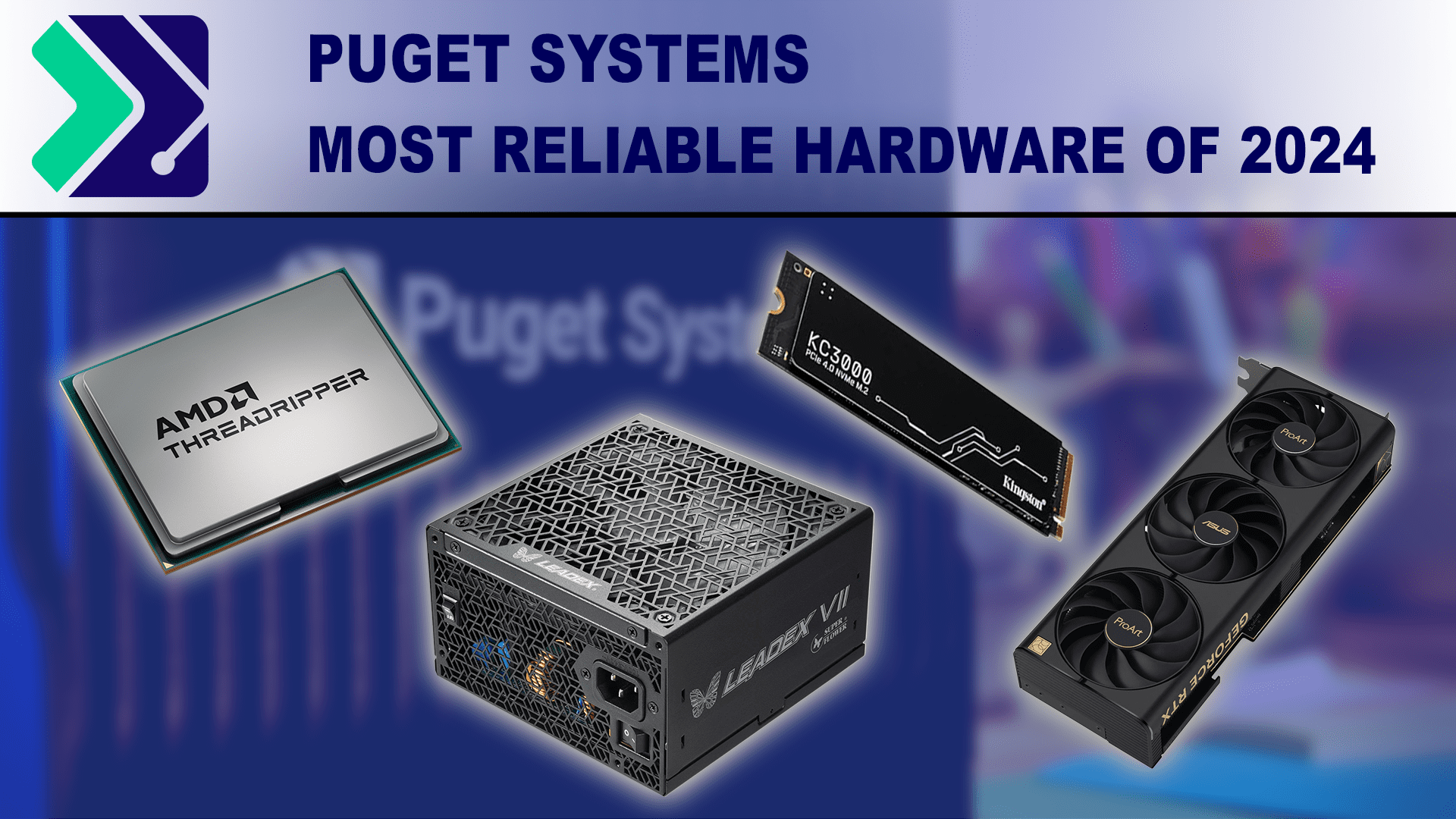
With 2024 wrapped up, we want to take the opportunity to call out specific brands and models that had exceptional reliability over the last year.

With 2024 at a close, we wanted to look back at the sales trends we saw for CPUs, GPUs, storage, RAM and operating systems.
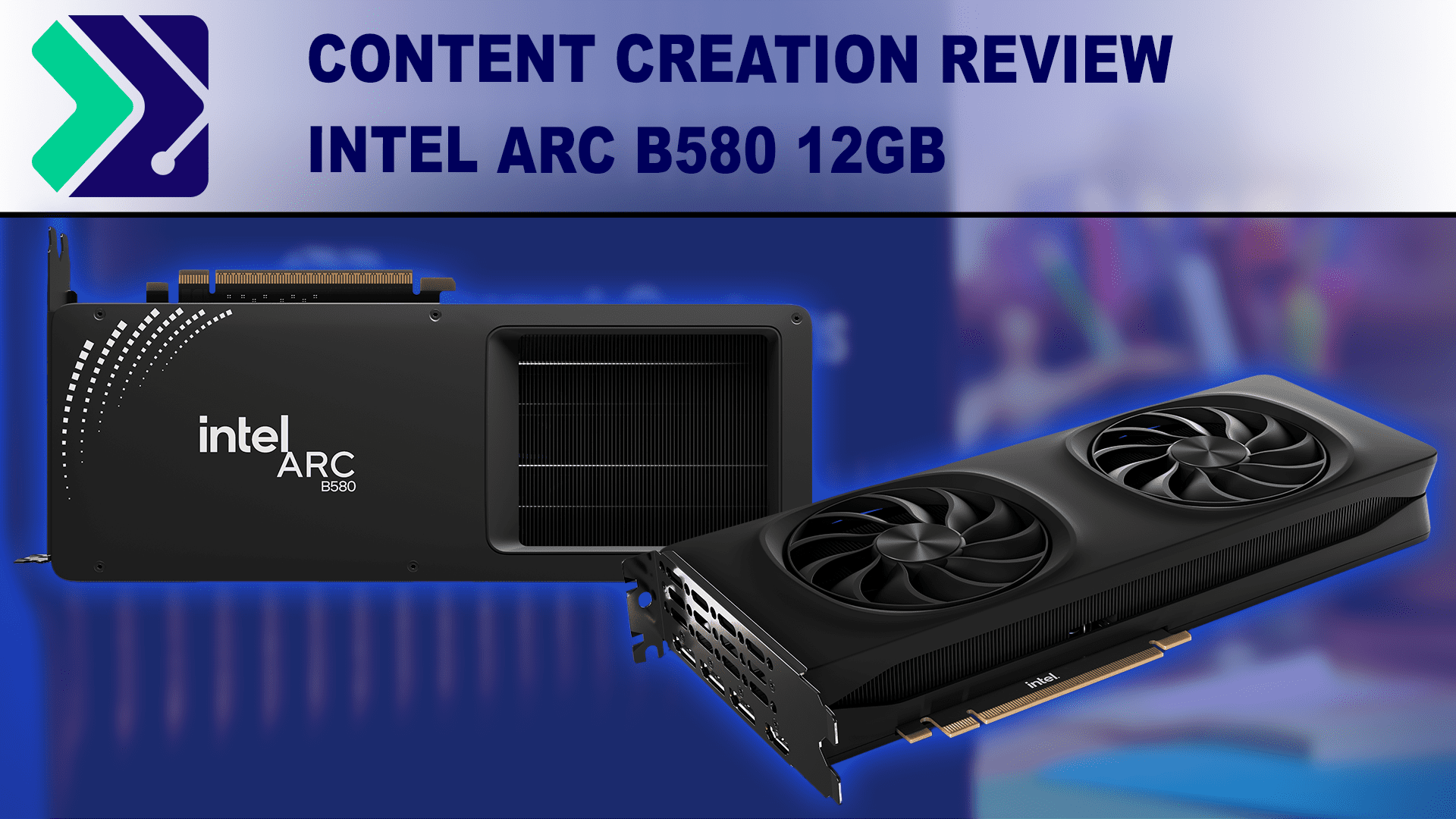
Intel’s second-gen Arc graphics, codenamed Battlemage, launches with the entry-level B580. How does it perform in content creation applications?
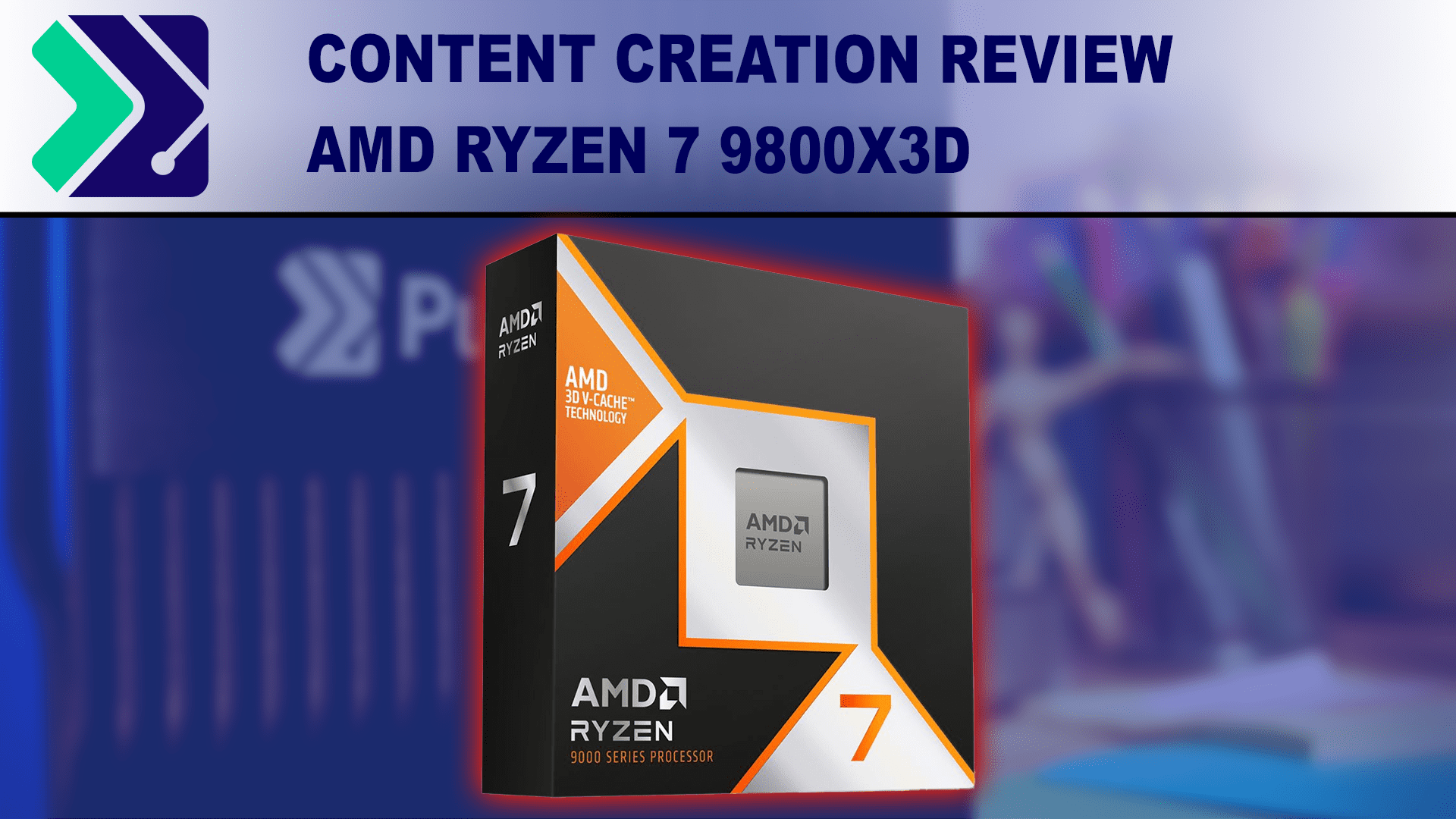
We examine the performance of AMD’s new Ryzen 7 9800X3D in content creation applications.
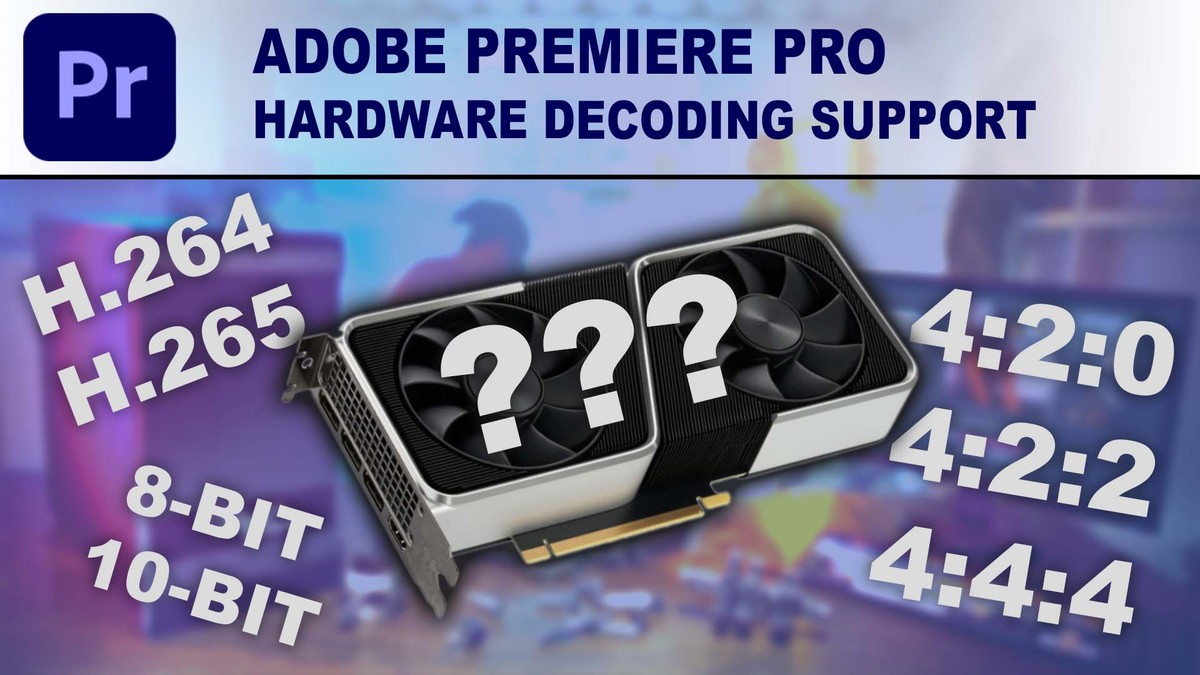
Premiere Pro supports hardware-based decoding for H.264 and H.265 (HEVC) which can significantly improve performance with these codecs, but not all “flavors” of these codecs are supported depending on the bit depth and chroma subsampling used. In addition, support can change depending on the capability of the hardware in your system. In order to determine exactly what is supported, we decided to do our own testing to see exactly what types of H.264/5 media has hardware decoding support in Premiere Pro.